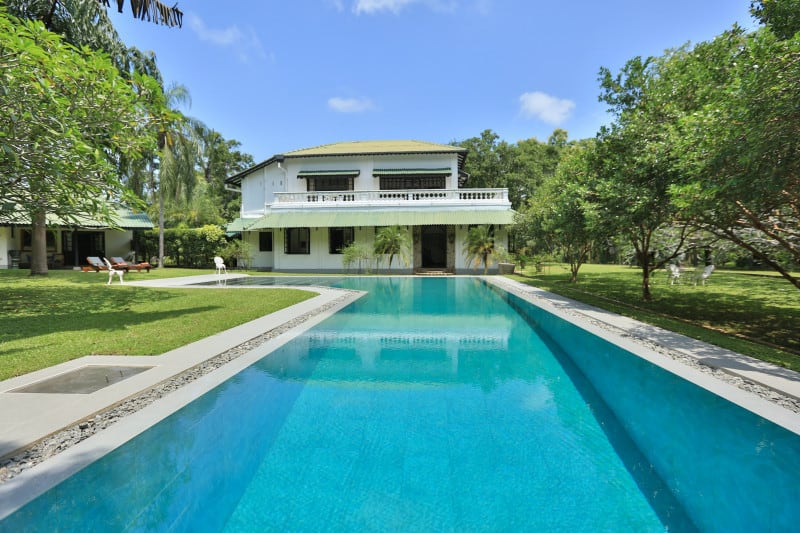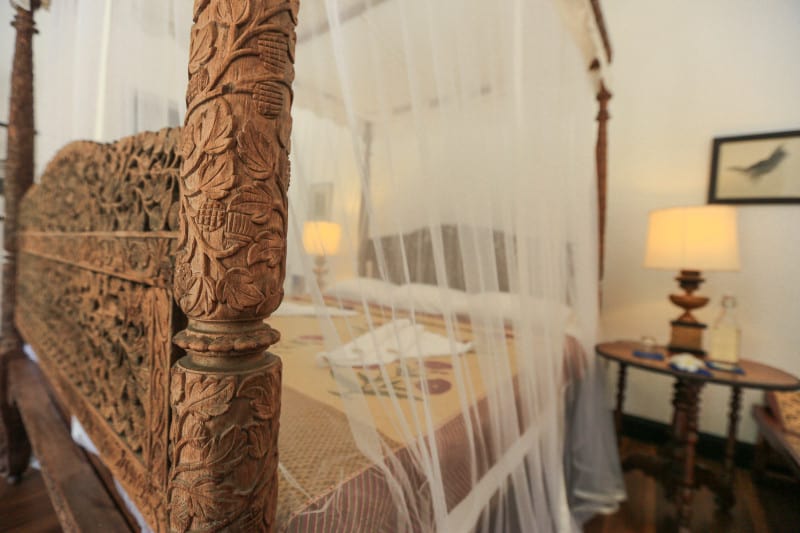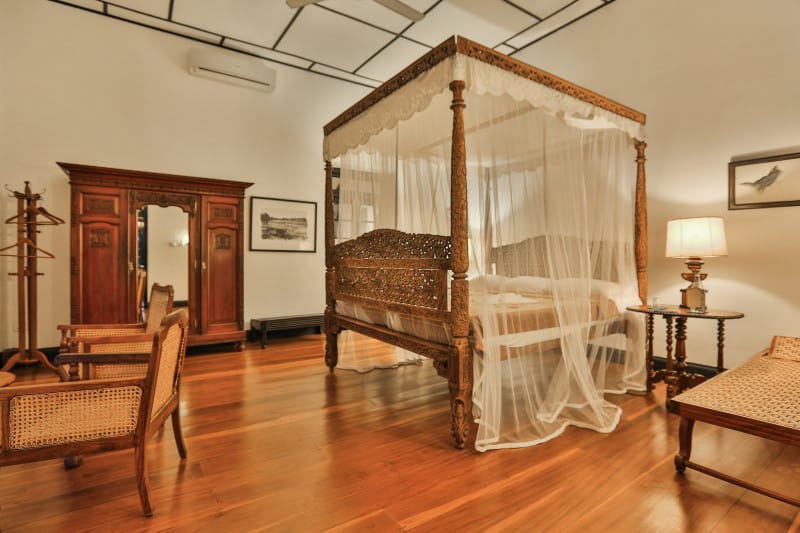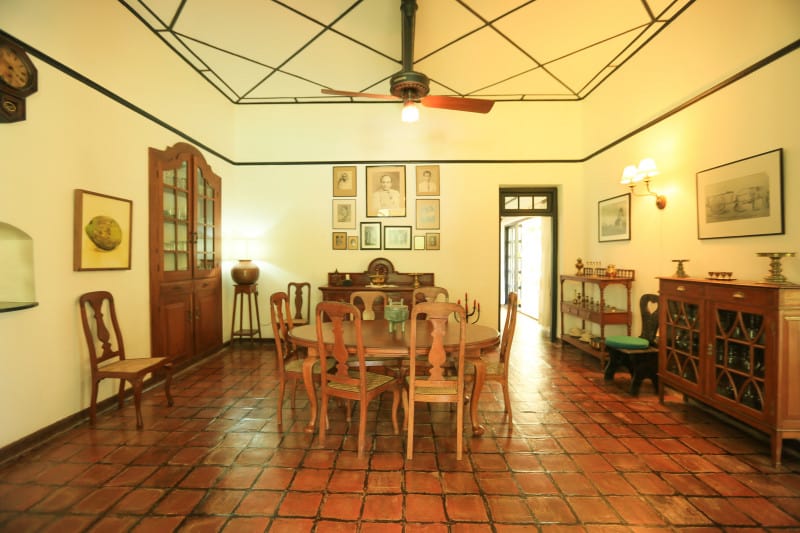Javana, owner of one of our most popular boutique hotels in Sri Lanka, Horathapola, kindly shares his insider insights into his property.
The essence of Horathapola’s character is usually squeezed into a short blurb, summarising it as a stately colonial mansion within a 50-acre organic farm. This is adequate for the visitor who is merely seeking a comfortable and quiet stay while enjoying the tasteful essence of rural Sri Lanka living.
However, a rare few with an eye for detail are privy to the many layers of history, heritage, and intrigue that the mansion protects within its stoic archways and classic timber appointments.
One very special feature of Horathapola is its collection of antique furniture. Antiques are a cornerstone of Sri Lankan culture and provide a vital link to our distinct heritage; they are a reminder that for centuries, the island has always been on the crossroads of global trade, commerce, and above all – travel. The inheritance of antiques is a valued custom amongst affluent families as well. It is also safe to say that more Sri Lankan’s collect antique furniture than art!
Horathapola is full of priceless antiques, and each piece has a unique, fascinating story. For instance, the Maha Camarey (Grand Room) features a large, four-poster bed which is over 200 years old. This piece was made in North India, and given as a gift to a senior Buddhist monk from Sri Lanka, during his travels to India. The bed sat unused in his Sri Lankan temple for several generations thereafter, because it was considered too affluent or grand for a monk to sleep on. A few decades ago, the chief monk at the time gifted it to the family who owns Horathapola Estate and it has since been restored to its original grandeur. Unlike other four poster beds that travellers may encounter around the island, every inch of this bed is immaculately and beautifully carved – a testament to the expert craftsmanship of a bygone era (especially for a piece of furniture as simple as a bed).
Other classic pieces include a bed made entirely of ebony in the Wattey Camarey (Garden Room) which dates back around 150 years and whose origin can be traced to northern Sri Lanka. Furniture made entirely of ebony is rare due to its weight. A table in the living room features ebony, calamander and porcupine needle (as a substitute for ivory) and dates back to the days of Sri Lanka’s elephant kraals.
Insiders should also have a look our ‘spice chest’ that dates back to our Dutch and Portuguese eras (which makes it arguably the oldest piece at Horathapola), as well as the small (and ergonomic) satinwood “bar” that can be found on the landing upstairs.
Our property manager is privy to much of the history of these pieces, so ETG travellers are encouraged to spend some time walking around the mansion with him. An insider will not just appreciate the craftsmanship of furniture (that is a fast-dying skill in today’s IKEA-centric world), but also the way a few pieces of furniture bring to life an enchanting mosaic of our past, which in turn has defined who we are as a society. After all, isn’t exploring and appreciating such nuances the best part of travelling as an insider?






